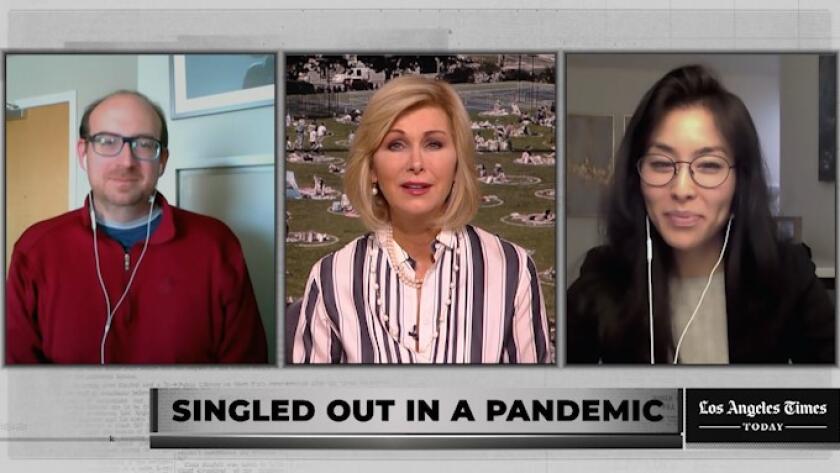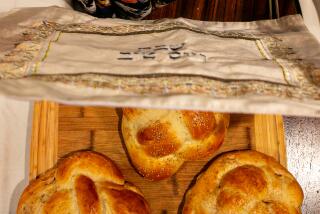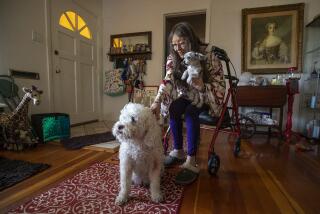Pandemic entertainment is designed for social bubbles. But what if you’re alone in your bubble?
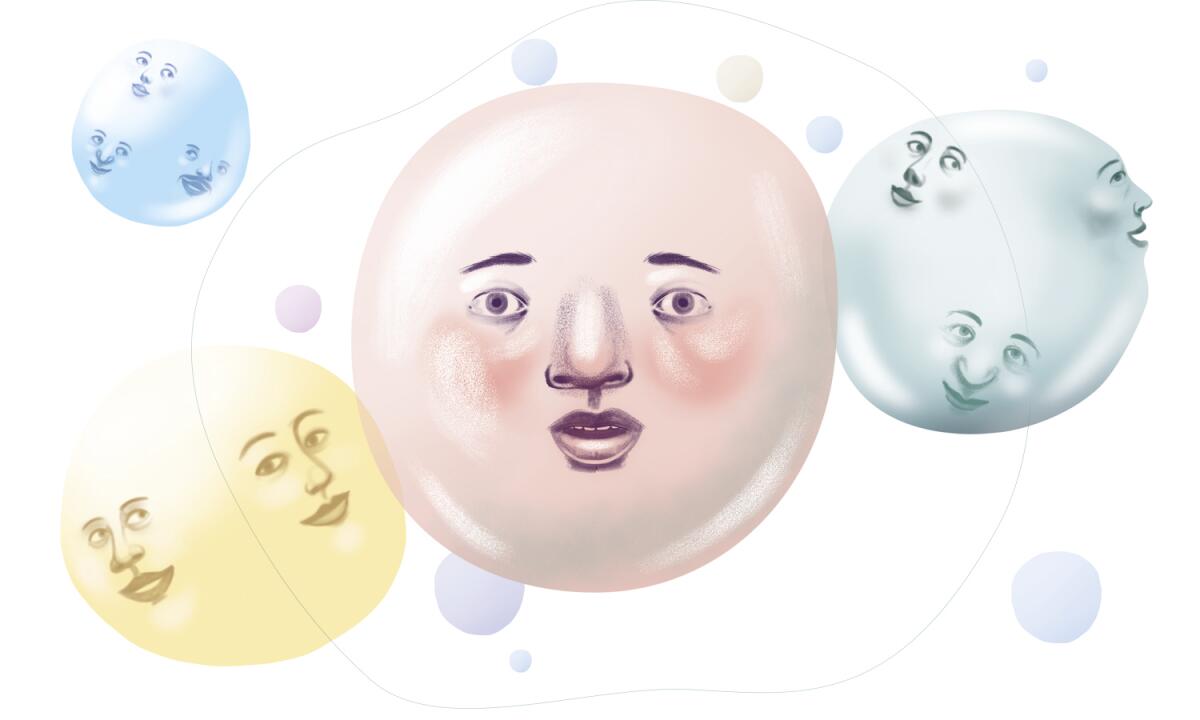
“Just one?” Even those of us who enjoy going out alone can sometimes brace at those two little words.
While often said inadvertently and without judgment, the phrase can hit hard, a sudden reminder of one’s solitary status. Like a mobile app notification reminding a single person to make a Valentine’s Day dining reservation. Those of us who have heard it before are used to it and know how to melt into a crowd or drift to the safety of a bar top, the restaurant equivalent of an inflatable raft, when lost in a sea of first dates, marrieds and families.
That was, of course, life before the COVID-19 pandemic. There is no disappearing into a crowd when the crowd is “bubbled.”
In August, images went viral of an outdoor U.K. concert, in which groups of five were spaced out on semi-private platforms. While appealing in some aspects — the option to sit and the ability to not be shoulder-to-shoulder at a concert is always welcome — I shuddered. As someone who is riding out the pandemic in a solo bubble, this felt as if the event were putting a giant spotlight on those of us who live alone or lack a partner.
I thought of how uncomfortable I felt attending a drive-in solo, unable to escape the imagined fear that I did not belong, a solo participant at an event designed for pods.
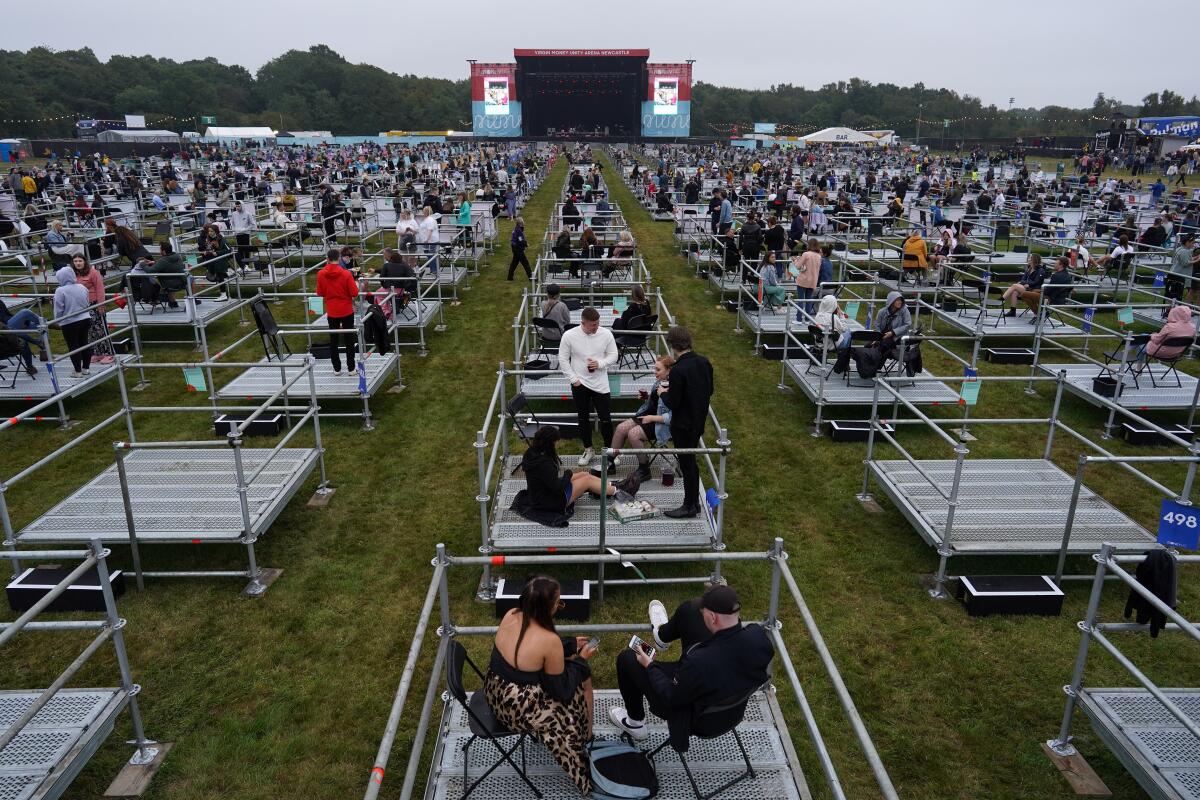
“This is a trying time for people with feelings of alienation and loneliness,” says Angela Drake, a clinical neuropsychologist with UC Davis Health, noting that my pre-pandemic comfort in going alone to places like the Los Angeles County Museum of Art or Disneyland implies that I feel a sort of comfort with, well, loneliness. But bubble-focused events are leading to a different but still troubling sensation.
“Alienation is what I think you’re talking about,” says Drake. “You’re fine being alone. You’re fine going and doing things on your own, but alienation is feeling at odds with these other groups. That’s not a good feeling. Maybe that’s why it’s uncomfortable to you. You’re used to loneliness. But you weren’t feeling that extra layer before.”
We’re starting to see some creative attempts at bringing back live entertainment, especially this Halloween, where events like Haunt ’O Ween LA in Woodland Hills aim to turn our personal cars into ride vehicles as we drive through elaborately designed show sets. I admire these ambitions to restore a sense of imagination into our lives, and the event’s Jasen Smith, founder of Experiential Supply Co., wants solo drivers to feel welcome.
“Even if you’re alone in the vehicle, you’re still in a moment with hundreds of other people at the same time,” says Smith. “Just because you can’t touch them, see them or be close to them doesn’t mean you can’t feed off that energy.”
That sense of life is necessary, even if it is distanced. As we slowly adapt to living with the pandemic, many of us are realizing that the connection we miss to art and entertainment is as powerful as it is to our social relationships. It’s art, after all, be it a concert, a theater, a museum or even a theme park, that helps us make sense of or simply survive the moment we’re living in.
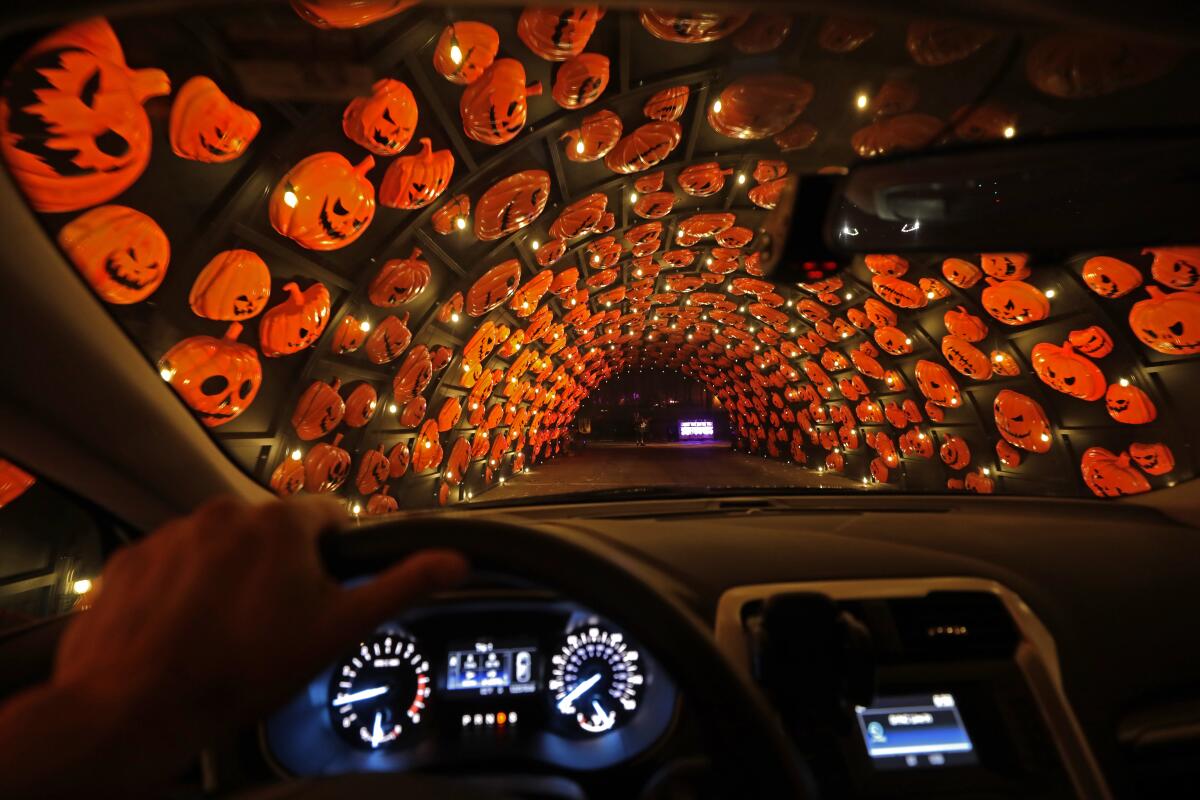
Yet the more events that pop up, each one encouraging groups of four or five, or even takeout tasting menus that require of minimum of two orders, serve only to heighten the sense that I am on my own. With no clear indication as to when things may return to normal or even near-normal, I’ve been overcome with the fear that pandemic-era entertainment simply isn’t designed, to use theme park terminology, for the single rider. It’s bubble or bust, especially when the cost is the same whether it’s a party of one or a party of five.
I tell Dr. Steven Siegel, a psychiatrist with Keck Medicine of USC and chair of the department of psychiatry and behavioral sciences, that I missed the month of April, when there was a sense of “we’re all in this together,” as in everything was closed.
“You said,” he explains, “‘At the beginning, I was isolated, but everyone was isolated, and that felt better.’
“Now,” Siegel says, capturing my current feelings, “‘I am isolated, and I see those other people who aren’t isolated and I feel worse.’”
Since I understand that having a bubble doesn’t equal happiness, the first thing to do is to simply to understand at a base level what’s happening.
“There’s data in humans and there’s data in nonhuman primates that says we have little equity barometers in our heads,” says Siegel. “We are fine with our lot in life, whether we are a nonhuman primate in a study or a human, as long as everybody has about the same amount. The way this plays out in nonhuman primate studies is you’re feeding animals and they’re hunky-dory and fine. Then you feed another one — in the visual field of the other — more, and then the nonhuman primate that was perfectly affable and pleasant and happy before is pissed off. Not because it got less, but because its buddy got more.”
So it’s one thing to go out alone. It’s another to be solo amid a group of bubbles or pods. I get angry at myself for creating a world in which my closest relationship is with a cat. This isn’t anything to take personally, says Mikhael Tara Garver, a veteran of experiential entertainment such as “Sleep No More” and the founder of 13Exp, which is currently crafting a large-scale event centered on the L.A. River. It’s also a reality that entertainment creators should be embracing and aiming to solve.
“It takes makers really considering that they are ‘meeting the audience where they are,’” says Garver. “And where they are is not the same. I always have thought that really good, medium-size music concerts and bands know how to do this. You can be a part of the crowd. You can move toward it. In theater, film, escape rooms, immersive, etc., too often, it is all or nothing. I drove in my car or on a subway. And I walk into a crowd. And that works well for sports. Even if I am alone, I am a fan and have a connection before I arrive. But with entertainment, if I want to feel a part of something, there is not much thought about how we do that.”
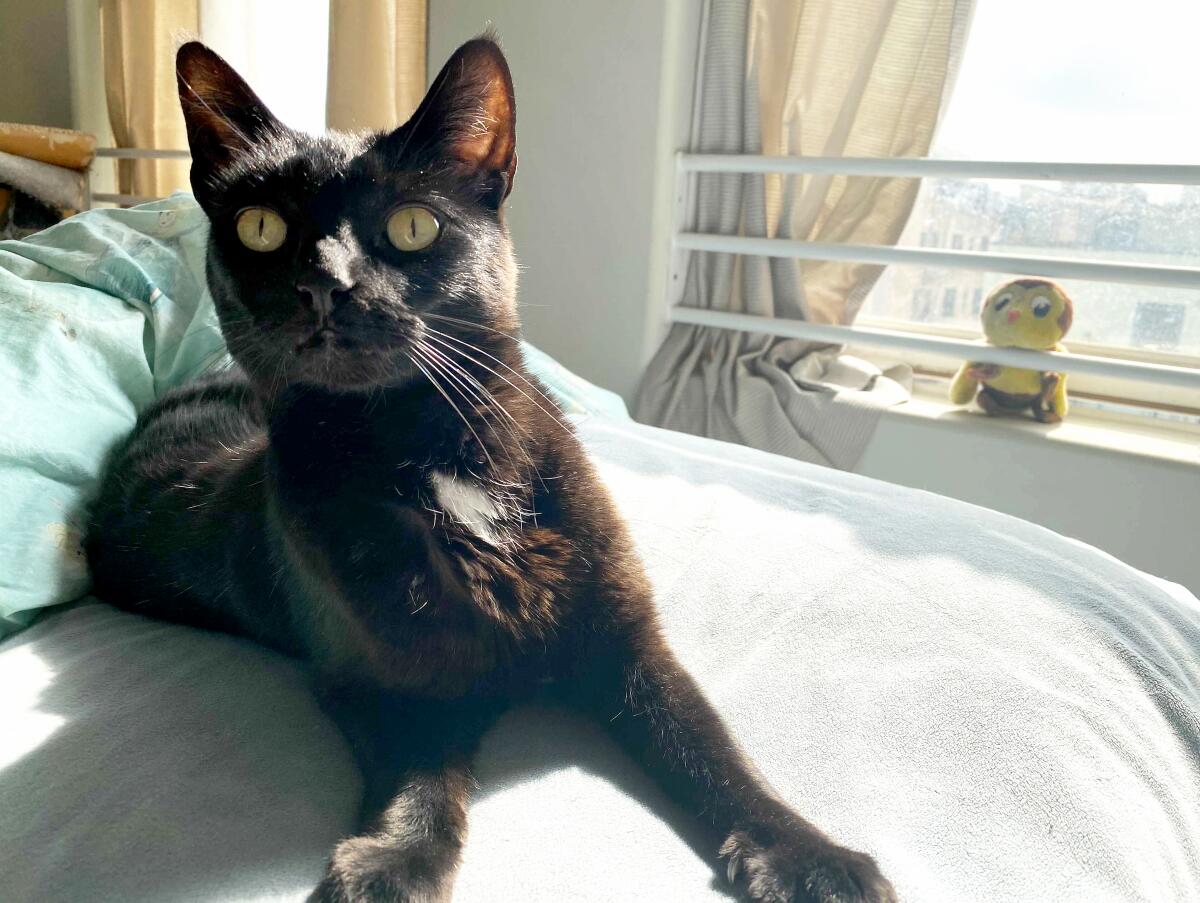
Pandemic-related isolation is a conversation that has been ongoing since March, and much attention has been placed on those who are alone. We continue to learn of the long-term mental-health effects of this pandemic, with a recent survey noting that the prevalence of sleep troubles, lethargy, feelings of hopelessness and other depression symptoms in adults across the country has more than tripled since the pandemic began.
Beyond the various struggles the pandemic is amplifying, be it workplace, financial or social, there’s the simple fact that how we deal with such stressors has become more difficult. Eight months into this pandemic, I’ve read no books, completed no TV series and had the attention span to complete only two movies, both of which I watched in spurts over a week.
This sounds about right, say the mental health experts I spoke with.
“Those who don’t have one or two people, in general, are realizing that they can’t even partake in a regular coping mechanism,” says Jena Lee, an assistant professor of psychiatry at UCLA’s David Geffen School of Medicine. “My alone time was the gym. We’re not thinking about the coping mechanism we used to deal with not having the most social life, not having that bubble. So the lack of having that intimate social circle is starting to manifest its effects.”
The prescription? “I can say with full confidence that many are feeling the same fears you are,” says Lee. “The fear you said — ‘Oh, my gosh, is this how it’s going to be for the next year or two?’ The other fear is how this affects how others see you, as inferior or behind.
“But that’s great. Once you identify that fear, where is that fear coming from? The stereotype of doing things alone comes from the fear of how we perceive ourselves. ‘What do I think about myself being alone? Am I judging myself? Is there something I don’t like about myself that I’m hiding from?’ There’s no easy answer, but our first instinct is to run away from the things we fear.”
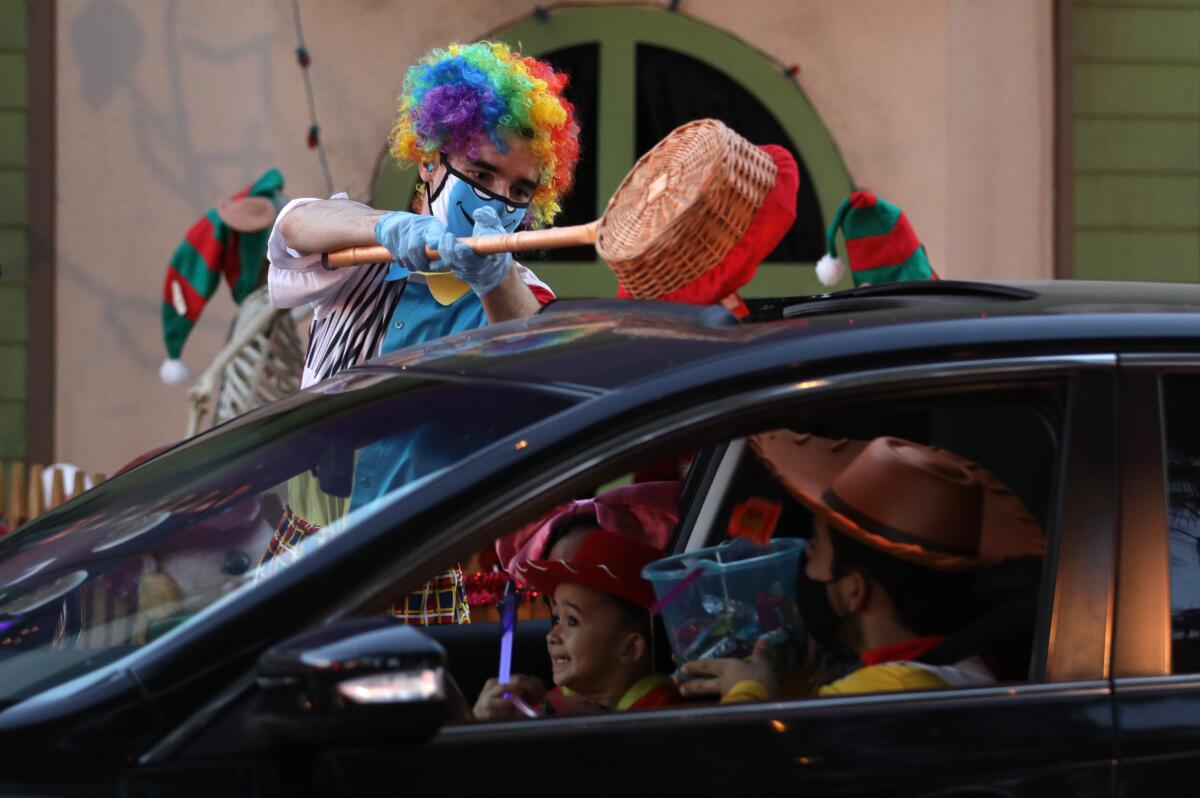
Unpacking all of that will have to happen outside of this article, but there’s good news, says USC’s Siegel. If I’m truly concerned about lacking a bubble and missing out, Siegel stressed that there’s a silver lining to that right now. With COVID-19 numbers rising, the smartest thing anyone can do is stay home and limit contact with others.
“The behavior,” Siegel says of those starting to be social, “is not due to following a data-driven plan. The behavior is isolation fatigue. People are independently and in small groups saying, ‘I’ve had enough and I’m going to do this.’ It’s happening frequently enough that it looks like a plan. It is not a plan, and the data does not support it. In fact, anyone not going out is the one following the plan. You’re keeping yourself safe. You’re keeping society safe.”
I feel better already. Doing this piece was a great idea. I’m not lonely; I’m the future of our society. That was the lesson, right? Kind of. Next time I get overcome with sadness, I’m going to try to remember to trust in science as much as my emotions.
“You shouldn’t be envying those other people,” Siegel says of my depression over lacking a social bubble. “You should be proud that you are following the rules, not because you are a lower-importance person or a lower-class person; you’re following the rules because you’re smarter. You’re a better custodian of our shared future.”
Watch L.A. Times Today at 7 p.m. on Spectrum News 1 on Channel 1 or live stream on the Spectrum News App. Palos Verdes Peninsula and Orange County viewers can watch on Cox Systems on channel 99.
More to Read
The biggest entertainment stories
Get our big stories about Hollywood, film, television, music, arts, culture and more right in your inbox as soon as they publish.
You may occasionally receive promotional content from the Los Angeles Times.
